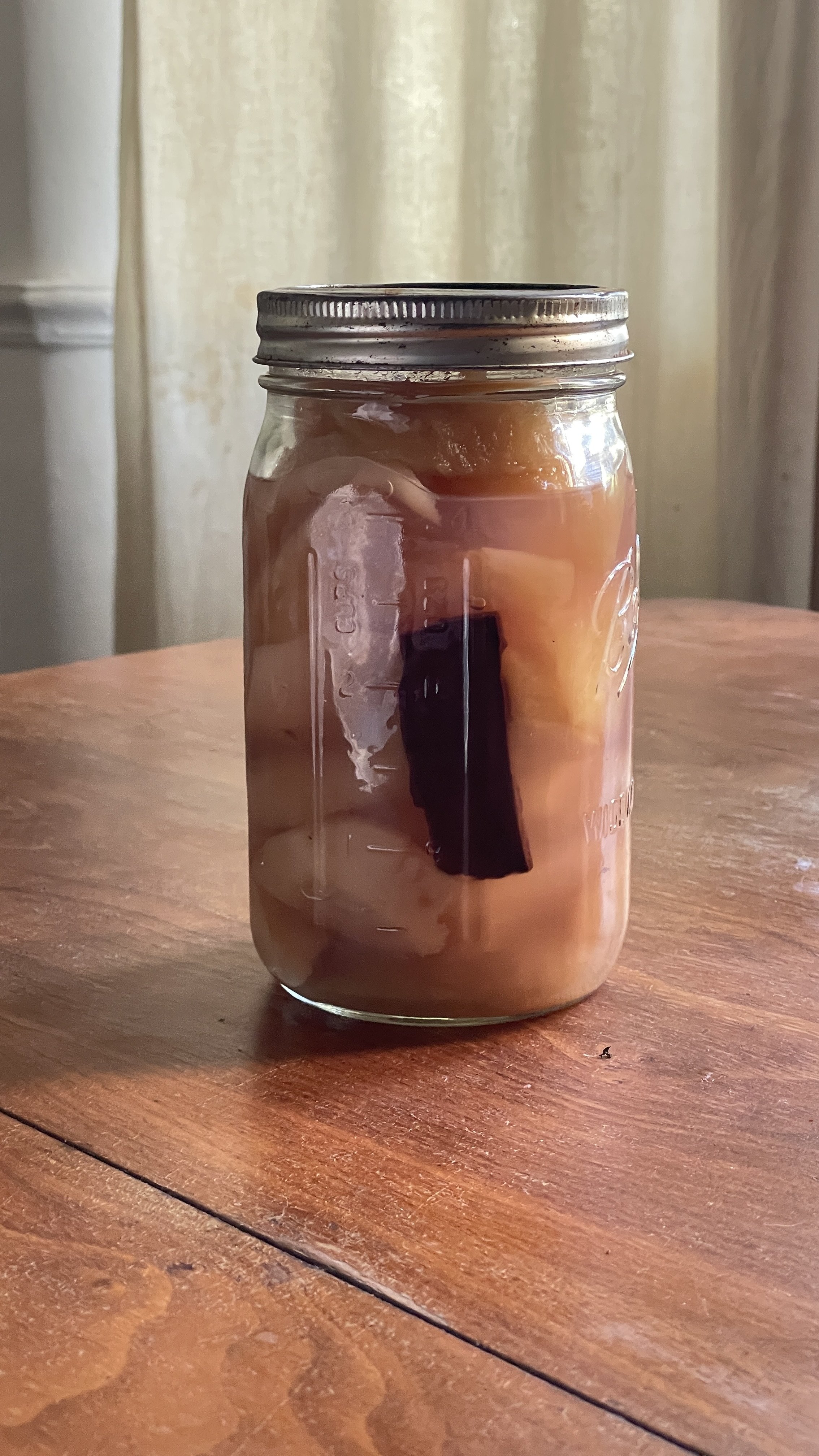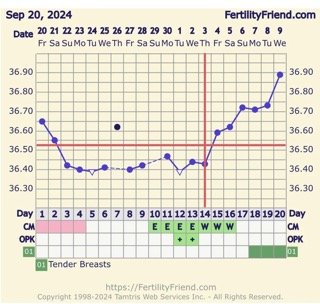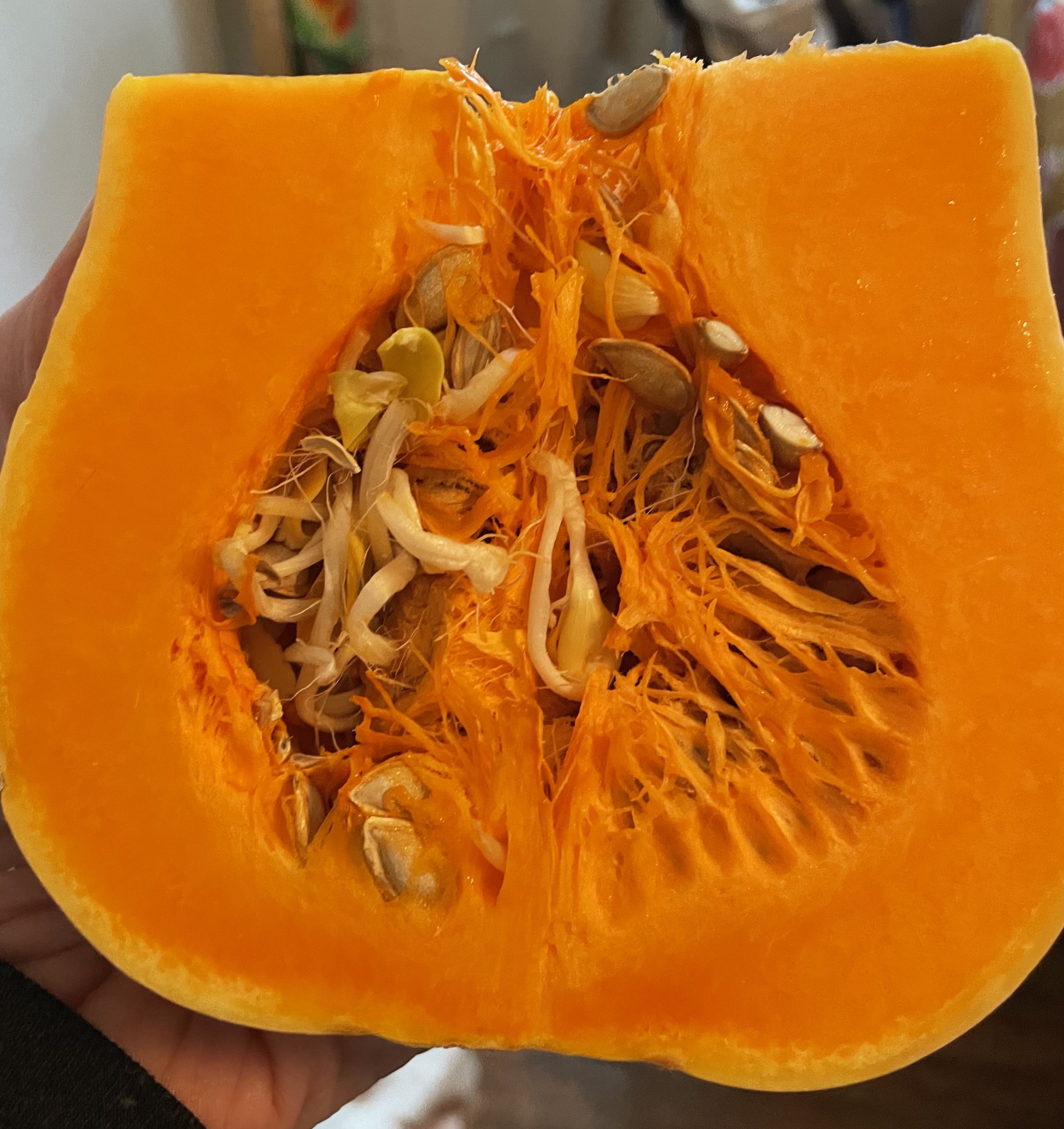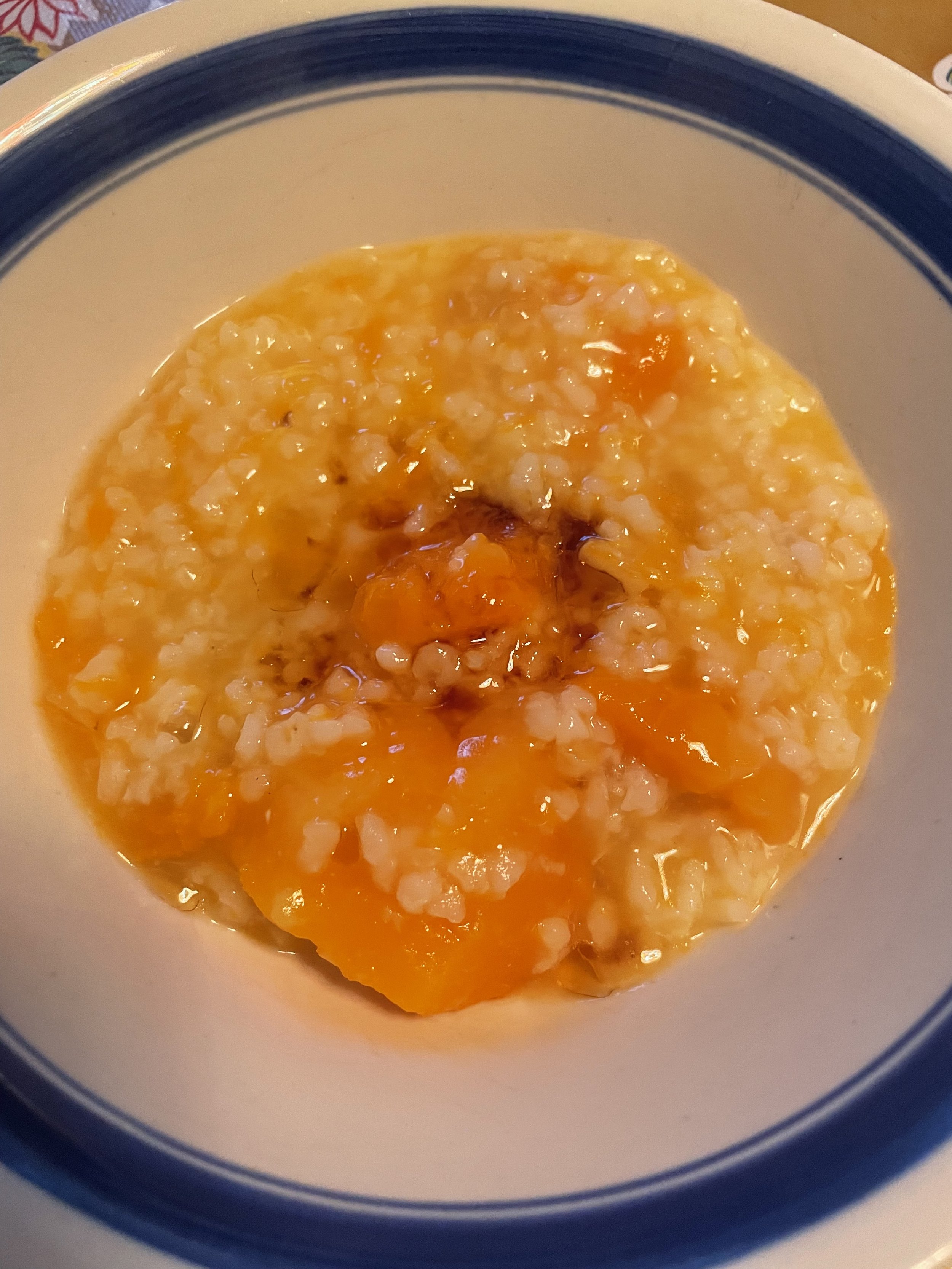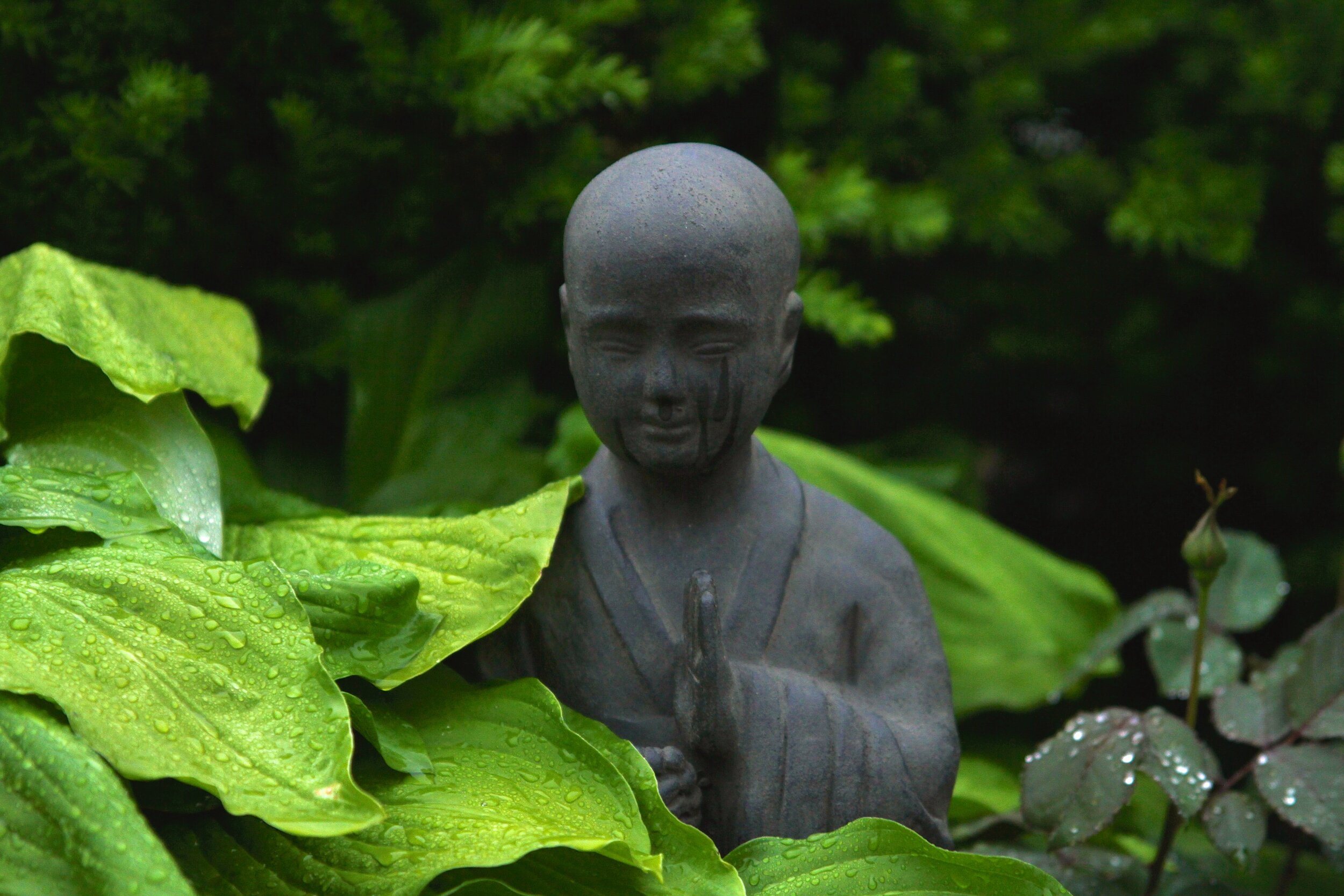I love noticing patterns in clinic as a sign of what is happening in the larger world.
Last month I had a trend of patients who wrote on their intake forms things like: “rotating sicknesses”, “I have gotten sick 3 times in the past 5 weeks”, “feel like I am always sick,” “rest does not help sicknesses,” and “lingering cold”. This is part of the new post-covid landscape, where collectively we are experiencing immune suppression.
Here are a few lines from a Sloan-Kettering article on Long-term Covid-19 Immune Dysfunction (click the link if you want to go deeper and see the studies they reference):
“However, a new idea about how COVID can affect immunity has emerged: that even mild infections routinely cause consequential damage to our bodies’ defenses. This degradation was referred to as “immunity theft” by T. Ryan Gregory, an evolutionary biologist, as a counterargument to "immunity debt" being the reason why respiratory infections were more severe than usual this past fall.
So while the acute infection may be one reason to not want to keep getting infected with SARS-CoV-2 over and over again, the idea that it can increasingly cause damage to the immune system should be a significant reason. Throughout the pandemic, scientific evidence has mounted that even mild COVID infections may be doing something to our immune systems, as well as our collective immunity.
For example, what if SARS-CoV-2 infection causes the immune system to be able to respond to SARS-CoV-2 in such a way that we no longer experience severe COVID infections, but rather it causes a subtler, long-term immunological changes that leave us more vulnerable to other infections or even chronic disease?”
I was just on a hike with a friend who is a researcher at Children’s Hospital, lamenting that this is not part of the public conversation. She asked me what I have asked myself, “what would change if it were part of the public conversation?” Covid is not going anywhere, most infections are now subtle and mild and the tests are very unreliable, easily giving false-negatives.
The many steps I climbed before talking about covid-19 immune dsyregulation.
There does not seem to be an easy path from awareness to effective avoidance. Of course, masks still work, but as a parent with a school-age child, vectors abound in an un-locked-down world. This is why I know of three young and healthy (even hearty) friends/ acquaintances who were hospitalized with sepsis this past year, a very serious state of disease progression that is the last stop before death. This is why, less-dramatically, there is a current spate of childhood acid-reflux in my community. (I talked about acid-reflux as a common post-covid symptom in adults here.)
But I would not be writing this if the only thing I could offer was doom and gloom, and you can probably imagine where this is going…this is the opportunity to lean on this weird and ancient medicine that for millennia has been treating lingering illnesses and boosting immune systems. I love Traditional East Asian medicine for its ability to see the body as a wheel through which yang (life force) circulates. When we find where on the wheel things are stuck, remove the stick from the spokes, the whole physiology can begin to turn again. The first patient to initiate this trend of booking appointments for a hamster wheel of repeat illness has had full symptom resolution after 4 visits, and has now graduated to every-other week sessions to treat other chronic un-related, pre-pandemic issues.
In our own household I have noticed that we also get phlegmy more often, but, knock on wood, we are avoiding the frequent stomach bugs and lingering coughs that are happening around us. I can only assume that our easy access to and frequent use of herbal medicines and needles has helped us stay above the fray. I think it is so worth it to co-treat what before would have been routine seasonal illnesses with herbs and acupuncture. One well-timed visit or teleconsult can help you resolve more fully what previously would have easily fully resolved on its own.
Please use me like you would use any health-care provider — judiciously and when-needed. I love it when patients become more familiar with this medicine and what it can do, and know how to pop on and off of my schedule.
I wish you robust health that keeps you off of my schedule. :)



